So you’ve got a pair of 700c wheels and are trying to figure out which tires and inner tubes you need. You’ve come to the right place.
In this short guide, I’ll explain and talk you through how you can convert 700c to inches. Of course, it’s also essential to figure out what width you need so that you buy the right size tires and inner tubes!
Towards the middle of the article, I include a 700c tire size chart, where you’ll find a few different recommendations of some durable, good-value brands.
If you don’t yet know what size wheels you have, check out this simple step-by-step guide, which explains how to measure a bike wheel for tire and tube sizing.
As always, I promise not to bore you anymore than necessary, so let’s get stuck into it!
Add a header to begin generating the table of contents
700c wheels have been around for many years and are utilised by almost every road and hybrid bike.
But obviously, the 700c wheels you’d find on a road bike are drastically different from what you’d expect on a hybrid, so why are they called 700c wheels, you ask?
To be honest, this name is almost redundant now since there are so many different 700c wheels and tires available.
The “700” part refers roughly to the outer diameter of the wheel’s tire.
Many tire types are available, and a tire’s characteristics, such as tread and anti-flat protection, will impact its diameter.
The “c” comes from old French Tire sizing and has remained on bike wheels, despite not meaning anything anymore. The lettering ranged from A to D and referred to the tire’s width, but this is now redundant.
The consistent measurement across all 700c tires is their bead seat diameter or BSD. The BSD is the diameter across the tire bead seating points inside the wheel’s rim.
The bead seat diameter (BSD) of all 700c wheels is 622mm.
You’ll see 622 alongside another number on the wall of all 700c tires, this is known as the ISO (International Organisation for Standardisation) measurement.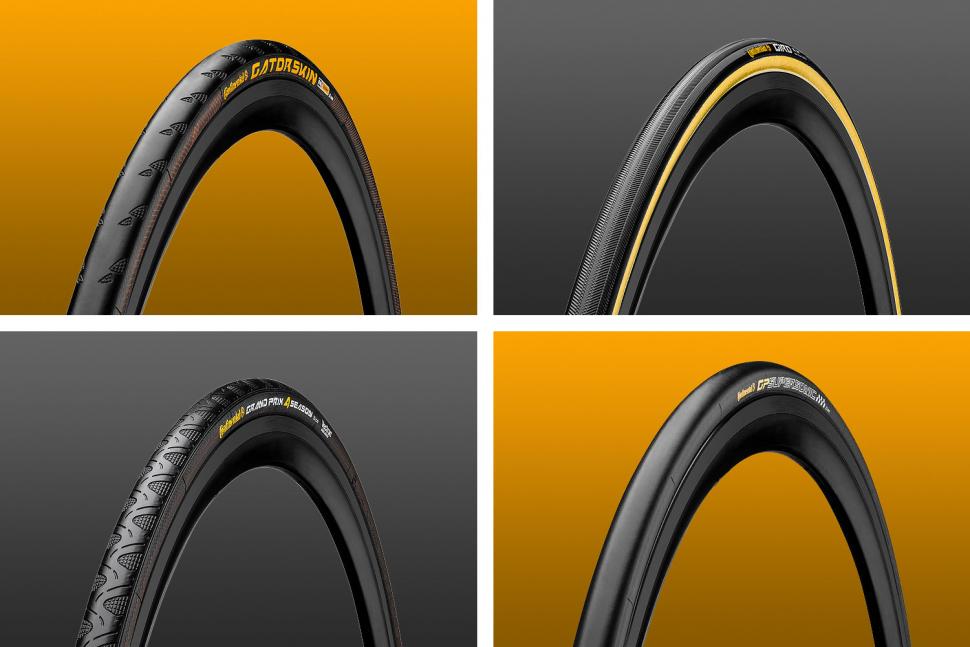
A road bike’s slim tires might have an ISO measurement of “23 – 622” , the first number refers to the width of the tire when fully inflated and the second is the BSD. Where hybrid bikes typically use wider tires, you’ll find a reading along the lines of “45 – 622”.
Below is a quickfire table on the rough widths you can expect to see on different 700c bike tire types, first as you’ll find in millimetres and then translated to inches.
Towards the end of this short guide, you’ll find a more accurate wheel/tire size chart.
| Bike Type | Common Tire Width Range | |
|---|---|---|
| Road Bike | 23 - 28mm | 0.9 - 1.1" |
| Cyclocross Bike | 28 - 35mm | 1. 1 - 1.4" 1 - 1.4" |
| Gravel Bike | 35 - 45mm | 1.4 - 1.8" |
| Hybrid Bike | 35 - 45mm | 1.4 - 1.8" |
Now that you understand a bit more about 700c wheels and tires, let’s find out about 700c to inches.
The most straightforward answer to “700c to Inches” is that 700c equals 27.5 inches. But unfortunately, as you’ll see in the table below, it’s not as straightforward as that.
If you simply bought a random set of 27.5″ tires, they probably wouldn’t fit your bike as wider tires require more clearance.
So, for example, if you’re riding a high-end road bike, you won’t be able to use 700 x 47c tires. Tires this wide might fit on your wheel, but they’d likely chafe against your frame.
For those who want an accurate tire size conversion, from 700c to inches, you’ll find the diameter of each 700c tire size converted to inches and centimetres in the table below.
If you don’t currently have tires on your wheels and need to know what tire size you require, follow this simple guide.
| Tire Size | ISO Size | Tire Diameter (Inches) | Tire Diameter (Centimeters) |
|---|---|---|---|
| 700 x 18C | 18-622 | 25.94 | 65.89 |
| 700 x 19C | 19-622 | 26.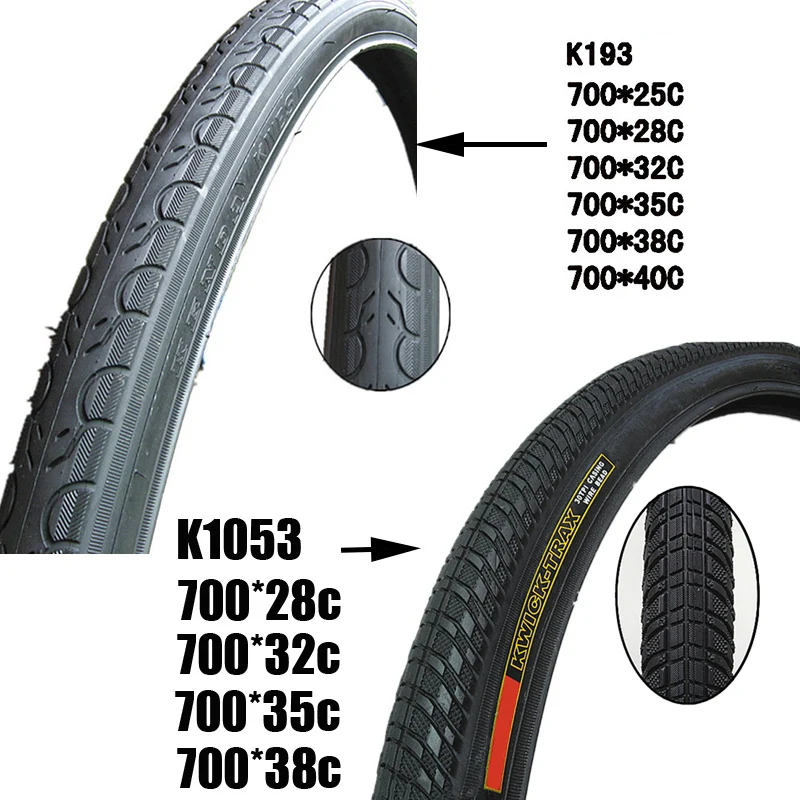 06 06 | 66.2 |
| 700 x 20C | 20-622 | 26.14 | 66.39 |
| 700 x 23C | 23-622 | 26.27 | 66.72 |
| 700 x 25C | 25-622 | 26.38 | 67 |
| 700C Tubular | - | 26.69 | 67.8 |
| 700 x 28C | 28-622 | 26. 8 8 | 68 |
| 700 x 30C | 30-622 | 26.9 | 68.3 |
| 700 x 32C | 32-622 | 27 | 68.6 |
| 700 x 35C | 35-622 | 27.17 | 69 |
| 700 x 38C | 38-622 | 27.32 | 69.39 |
| 700 x 40C | 40-622 | 27. 57 57 | 70.02 |
| 700 x 44C | 44-622 | 28.01 | 71.14 |
| 700 x 45C | 45-622 | 28.1 | 71.37 |
| 700 x 47C | 47-622 | 28.42 | 72.19 |
So, now you understand 700c to inches measurements, we’ll need to determine which size tire will fit your wheels.
Below you’ll find two different methods to determine your tire size for 700c wheels. First, if your wheel has old tires on it, we’ll use them to help us distinguish the most suitable tire size.
First, if your wheel has old tires on it, we’ll use them to help us distinguish the most suitable tire size.
And if your wheel has no tire on it, don’t worry. We can use a simple trick to determine what tire width you should go for.
You’re in luck if your old tires are still attached to your wheels.
Tire walls provide multiple markings that will give us the information required to determine what replacement tire size you’ll need.
Looking at the tire wall, you’ll want to keep an eye out for one of two different markings. Firstly the ETRTO (European Tire and Rim Technical Organization) marking can be used to determine a suitable replacement tire size and will follow the lines of something like “700 x 23c”
Otherwise, the ISO marking can also be used to determine a suitable size for your replacement tires and will read along the lines of “23 – 622” (as found on my tire wall).
Markings may be faint on older tires and wheels like this one.
As you can see in the image here, both sizes refer to the same size tire and are simply two separate units of measurement.
You’ll remember from the beginning of this post that the smaller number used by both ETRTO and ISO denotes the tire’s width.
The larger number from the ETRTO measurement, in this case, “700”, refers to the tire diameter, whilst the ISO’s larger number refers to the wheel’s bead seat diameter.
Once you’ve found either of these measurements, replacing the tires is as easy as googling your ETRTO or ISO measurements and selecting whichever tire takes your preference.
Whilst many wheels will display measurements on the rim (as seen in the image below), an old wheel might be missing this information, making it difficult for you to know which tire size you need.
But don’t worry. There is a simple and effective method you can use to accurately determine the correct tire and inner tube size.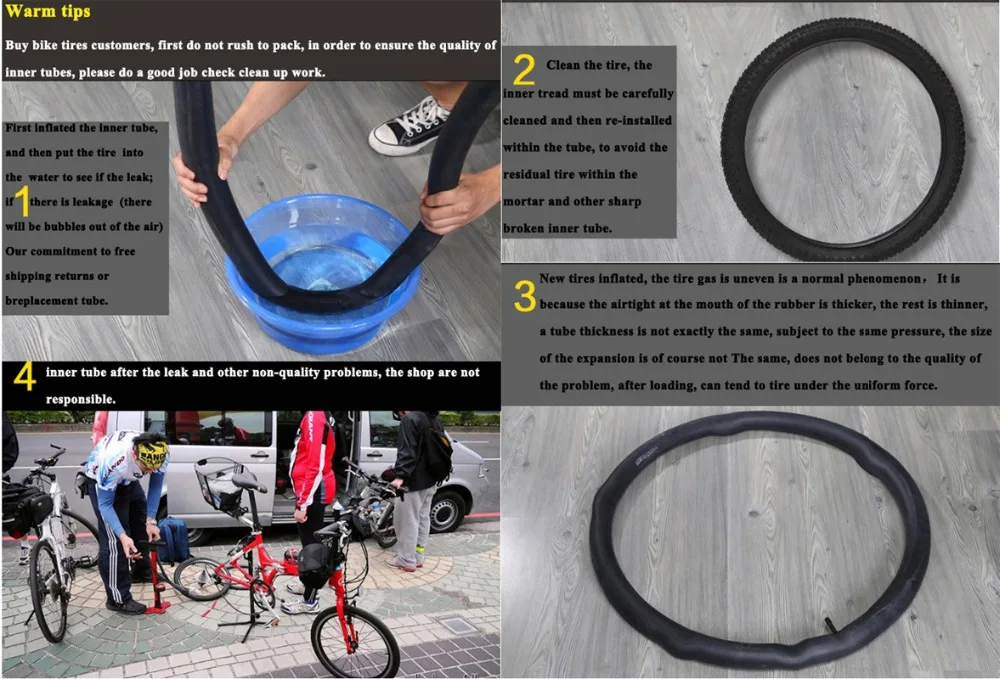
If you’re riding a full-size road bike, ninety-nine times out of a hundred, it will use 700c wheels. So unless it’s a kids’ bike or if you know it’s smaller, we can almost be sure that it uses 700c wheels.
If you want to double-check this figure, you’ll want to measure the wheel’s BSD, from braking surface to braking surface (As shown in this image)
If this measurement comes in at 622mm, or 24.5″, it’s a 700c wheel.
Rim bead seat width (0.2mm less due to rim obstruction).Next, you’ll want to measure the width from the inside of your rim. Use a tape measure or ruler to measure this width, making sure to measure from the inside, rather than the outside of the rim (as shown in the image below).
Once you’ve taken this measurement, the graph below will help you to identify a suitable tire size.
Bear in mind these are average conversions, you may be able to use wider tires, but make sure to account for tire clearance as you run the risk of a blowout or causing an accident if your tire is rubbing against or sits too close to your forks.
Additionally, remember that the table below only applies to 700c (622 ISO) wheels.
| Internal Rim Width | Tire Size Compatibility |
|---|---|
| 13-15, 17-19mm | 23 - 25c |
| 13-15, 17-19, 20-21, 22-23mm | 25 - 28c |
| 17-19, 20-21, 22-23, 24-25mm | 30 - 33c |
| 17-19, 20-21, 22-23, 24-25mm | 33 - 35c |
| 20-21, 22-23, 24-25mm | 38 - 40c |
| 20-21, 22-23, 24-25mm | 40 - 43c |
| 22-23, 24-25mm | 43 - 45c |
| 22-23, 24-25mm | 45 - 48c |
| 24-25mm | 48 - 50c |
So you’ve measure your wheels bead seat width an used the tire width chart above to determine which tire size you need.
But now you’re wondering how wide you can push your tire size without causing any issues, and rightly so.
Despite what we used to think about the thinnest, highest pressure tires being the fastest option, research now shows that this isn’t the case [1].
Now that the facts are understood, wider tires are being found on road bikes, so I understand if you want to increase your tire width. But just how wide can you safely go?
To measure and determine your maximum tire width, you’ll want to get hold of a set of callipers. If you don’t have a pair, I advise you get some as they’re a super handy tool for bicycle maintenance and DIY.
First up, you’ll need to take your callipers and measure your current tire width, at its widest point, and without pinching the tire. Make a note of this measurement.
This is a 23mm tire which as you can see, has been worn by roughly 0.045mm on either side.Next, you’ll want to check the current clearance you have around your tire in several positions. Inspect the positions on your bike, labelled below, and any further areas of your bike where your tires are close to your frame.
Inspect the positions on your bike, labelled below, and any further areas of your bike where your tires are close to your frame.
For a road bike, you’ll want no less than 3-4mm of clearance.
For mountain and gravel bikes you’ll want to keep 5-6mm of clearance at a minimum. This will allow your wheels to cope if you’re riding in muddy conditions or with small rocks that might get picked up whilst riding.
If you know you’ll be riding in really rough/muddy conditions you may choose to adjust your tire size as bigger stones/twigs that are picked up on your muddy wheels can cause substantial damage to your bike if there isn’t enough clearance.
Mountain bikes with small wheel clearance often get jammed with mud and dirt in these positions. Fortunately, my mountain bike has plenty of wheel clearance.Once you’ve located the area with the least clearance, use your callipers to measure this distance.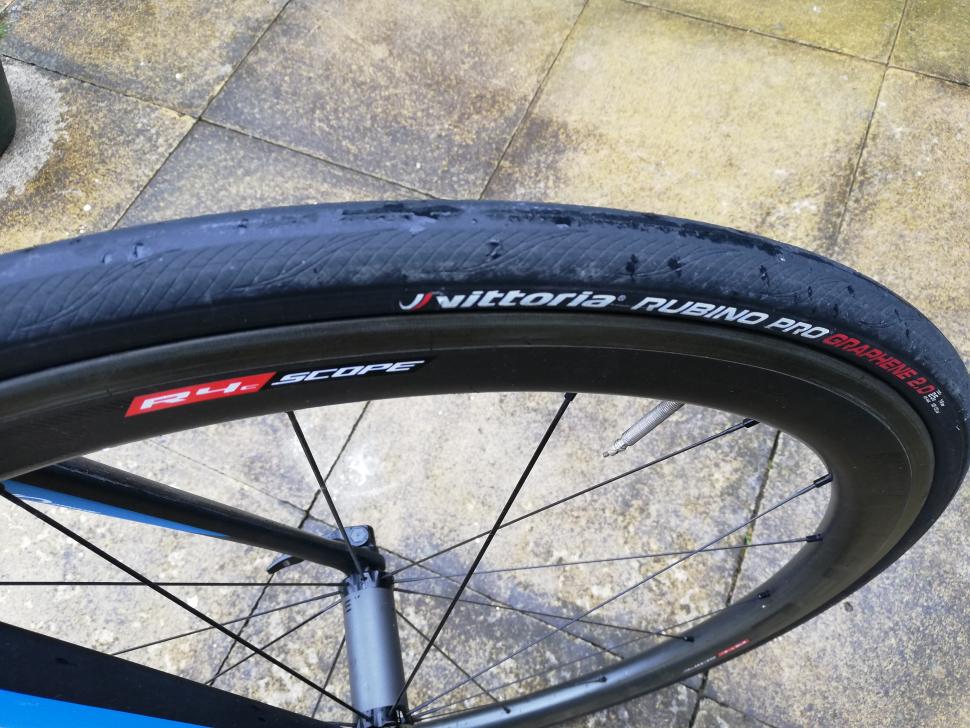
Next, follow this formula to calculate your maximum tire width:
Maximum tire width = 2 x (smallest area of clearance – desired minimal clearance) + current tire width.
So for example on my fixed gear bike, the smallest area of clearance is 7mm. So, 2 x (7 – 4) + 25 = 31mm.
So if I wanted to run tires with a 31mm width, I’d still have a minimum of 4mm clearance on either side of the tire.
One element that you’ll need to bear in mind with this calculation is the height of your tires. Cheaper tires can sometimes be taller in the middle than on the outside of the tire, whereas upmarket tires tend to have a consistent height across the whole tire.
So there you have it!
This guide covers and explains what 700c to inches is in plenty of detail.
If you didn’t already know the tire size you required, you should now also understand what tires you need for your wheels and the maximum tire width that’s safe for your bike.
If you manage to miss it whilst reading this short article 700c to inches = 27.5″.
I always strive to improve the quality of the content I produce. If you think there’s something I missed from this article, let me know in the comments section below and I’ll add it to the article for the next reader to benefit from!
Otherwise, if you have any questions let me know below and I’ll get back to your right away.
As always, lock it or lose it.
Ciao for now.
[1] Thinner tires are not faster – Conti-Tires
[2] What width tires can you use – RenéHerse
Generally, bike tire sizes are indicated with two numbers that correspond roughly to the outside diameter of the tire and the width of the tire. These would usually be measured in inches (26", 27", etc.) or millimeters (650, 700, etc.).
While neither are exact measurements, every tire has its size printed or embossed on the outside near the brand name, just like your car's tires.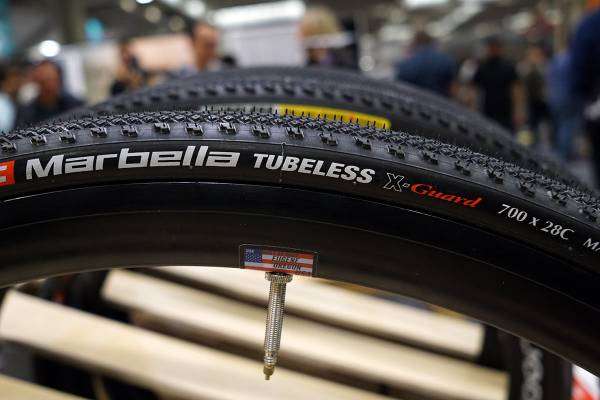
A standard road tire is 700c x 23mm, indicating a tire diameter of approximately 700mm and a width of 23mm. When shopping for road tires, you'll look for 700c x your preferred width, 23mm being the slimmest option and going up to 36mm. 650c: size used on some high-performance road and triathlon bikes, especially those designed for smaller riders.
Twenty-Seven inch was a size used on many older road bikes. It's not used by modern manufacturers, but because so many bikes were made for wheels and tires this size, these tires are still readily available
Twenty-Six inch is the most commonly used size for modern mountain bikes and is also used on many hybrid or utility bikes.
The 29er another popular size for mountain bike wheels and tires. It;s actually the same bead-seat diameter as 700c tires, but most 29" tires are simply too wide and tall to fit 700c wheels.
Making a comeback in mountain biking is the 650b. Modern mountain bike tires using this size may be labeled 650B or 27.5". It was also used for some older mountain bikes as well as French utility and touring bikes, and never fell completely out of use.
Tire sizing is additionally complicated by the fact that older bicycles often used some of these same size designations (particularly 26" and 27") for tires that are not compatible with these sizes (i.e., different ISO numbers / bead-seat diameters).
Check out the following for 20+ year old bike tires sizes explained.
While the first number, the diameter of the tire, is most important in identifying size, there's a little more to how tires are measured with a more globally unified approach.
Your bike's wheels are designed to work with tires with a very specific bead-seat diameter - that is, the diameter of the tire at the bead, which is the ridge at the edge of the tire that hooks into the wheel rim.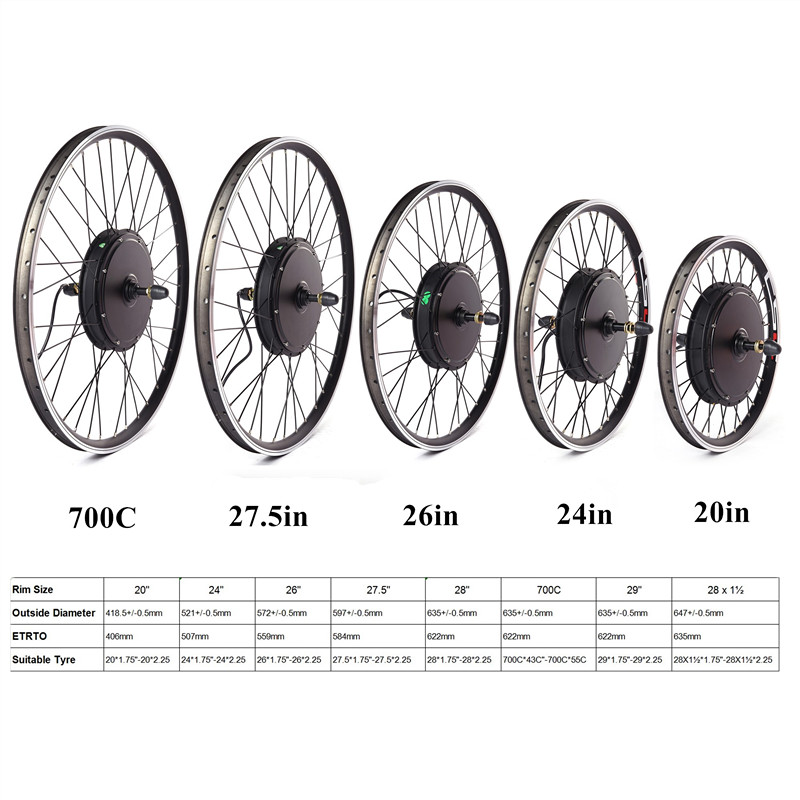
This bead-seat diameter is indicated by a very specific ISO (International Organization for Standardization) number that refers to the diameter, in millimeters, of the tire measured bead-to-bead.
For example:
The ISO number for a 700c tire is 622. Each ISO number corresponds to a more general number (like 700c or 26") that is used to indicate the tire's size on the packaging, etc.
The ISO number is almost always also indicated on the tire, in parentheses, with the tire's width indicated first, and then the ISO number.
For example, our 700c x 23mm tire would also be labeled with "(23-622)."
With the variety of measurement systems and bicycle tire size options, we have broken down some more common options in a bicycle tire size chart.
Get in touch with us if we can be of any help in figuring out what size tire you need! We carry a great variety of tires in common sizes, and also carry tires in old and hard-to-find sizes. Contact us at 1-800-682-0570 or [email protected]
Contact us at 1-800-682-0570 or [email protected]
About Us All About Gear Inches Bicycle Helmets Bicycle Lights Bicycle Pedals Bike Fenders Bike Seat Posts Bike Stems Chain Compatibility Common Tire Sizes COVID-19 Response Cyclocross Tires Grease, Lube, or Solvent? How To Write A Product Review Mountain Bike Road Tires Older 26 Inch Tire Sizes Older Tire Sizes Privacy and Security Racing/Performance Tires Returns/Exchange Policy Road Bicycle Wheels Road Bike Handlebars Shipping Sidi Cycling Shoes Tire and Tube Replacement Tire Size Chart Tire Tips Tire Width Tread Patterns Tube Types
More Articles...
Nikolaev bicycle shop "Sportek"
Published: 01/27/2017
Edited: 06/01/2021
Sooner or later, almost every cyclist faces the question of replacing the rubber on the wheel or the cameras for them.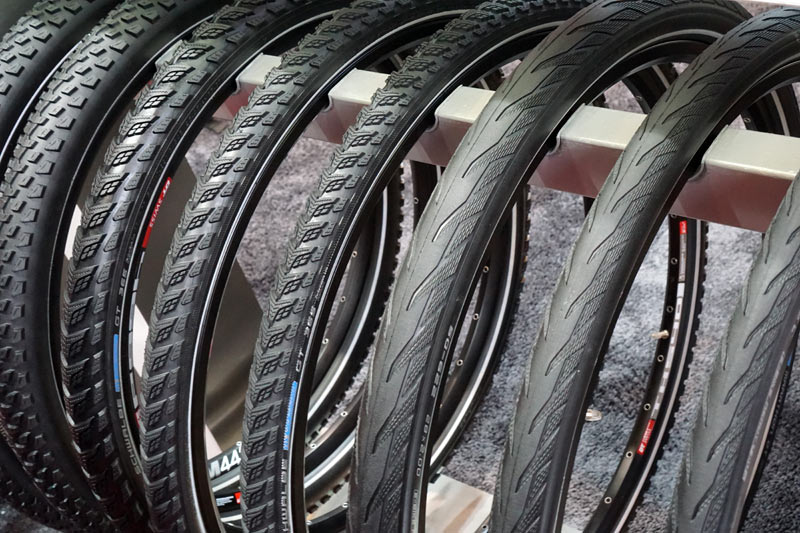 nine0003
nine0003
The easiest way, of course, is to look at the size of the tire currently installed on the bike (it is written on the side of it), and look for exactly the same. On some rims, their landing diameter and width are also written.
In life, everything is always a little more complicated and it often happens that the tire you like has a marking that is not entirely clear or does not match the marking on your rubber. Sometimes it is necessary to replace the old bicycle rubber, which has served for many years, with a more modern one.
What to do? You can’t put a tire on a bike over the Internet, but you don’t want to pay money just like that. nine0003
In this article, we will try to help you understand the markings on bicycle tires and find out which of them are interchangeable.

The first thing you need to know when choosing a tire is the size of the wheels. They are usually measured in inches, but sometimes in mm. There are not very many of them and the most common are 16, 18, 20, 24, 26, 27.5, 28, 29.
At the same time:
Further, what else you need to know is seat size (diameter) of the rim or BSD (English Bead Seat Diameter). It is the most important and determines the interchangeability of tires. If this number matches at the rim, tire, or tube, then that tire or tube fits those rims. And if the width of the new rubber can be changed, then the landing size will not change much.
If the size (numbers in mm) is written on the wheel (rim), for example, as in the photos above, they accurately indicate the fit size of the rim and its width, which is the main data for selecting the inner tube and tire for the wheel. nine0003
There are several types. The confusion in the designation of sizes began in the middle of the 20th century, and today Great Britain and France use their own designations for marking.
Previously, the sizing system was based on the outside diameter of the tires. It was measured in inches (24", 26", 28") or in millimeters (500, 650, 700, etc.).
Over time, this system lost its meaning, because different products with the same outer diameter wheels (together with the height of the tire) did not match the inner diameter (rim diameter) on which this tire was put on.There were also marketing moves of manufacturers, and the accuracy of translation and rounding of measurements in inches is lower than in millimeters. 0003
0003
To overcome these confusions and bring all sizes to the same standard, the International Organization for Standardization (ISO - International Organization for Standardization) has developed a universal system for designating tire sizes - ISO 5775 . This system was previously known as " ETRTO ". It was proposed by the organization of the same name: ETRTO (European Tire and Rim Technical Organization or in Russian: "European technical organization for rims and tires"). nine0003
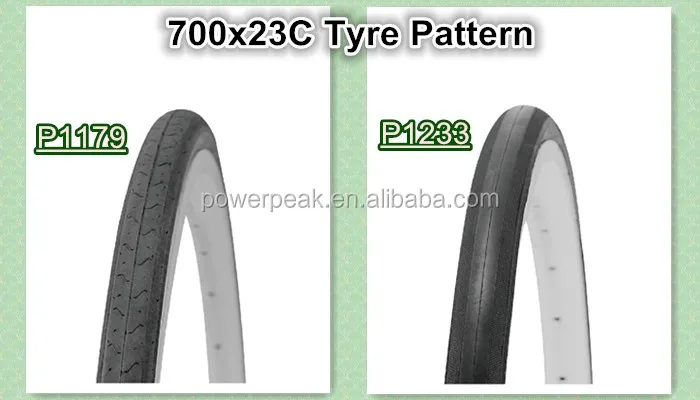
At first it was in the form of a number and a letter, for example, 700C - 700 the outer diameter of the tire is in mm. The letter determined the width from "A" - the narrowest to "D" - the widest.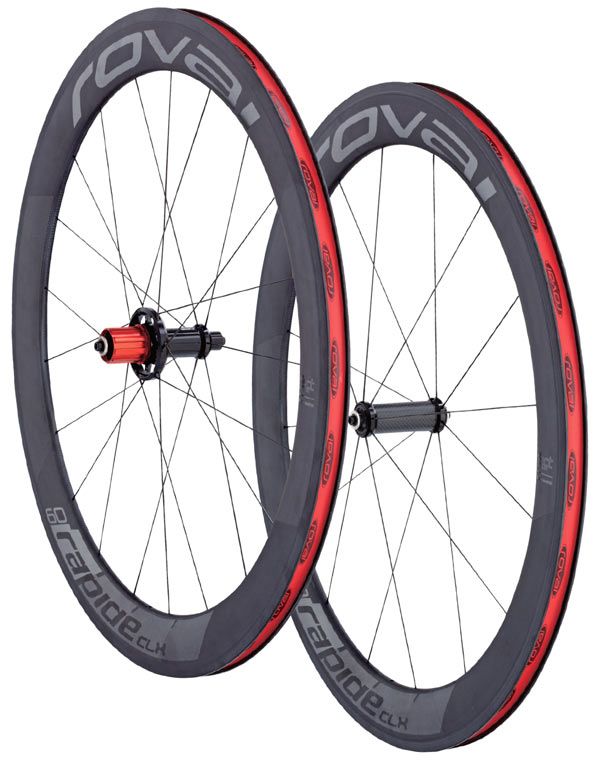
Now the marking has acquired a more modern look. For example: 700 x 35C. Here the outer diameter of the tire is 700 mm and its width is 35 mm. The letter at the end indicates the inner (landing) diameter. In this case, "C" is 622 mm. nine0003
Note a very important nuance and paradox in inch sizes. Tire sizes can be specified as a decimal fraction, such as 26x1.75, or as a simple fraction, such as 26x1 3/4. nine0003
Mathematically, these fractions are equal: 1.75 = 1 3/4.
But, in terms of fit size and tire width in millimeters, this is not always the case, and the most unpleasant thing is that tires with such dimensions can be not interchangeable with .
And this circumstance should always be taken into account when purchasing a new bicycle tire.
In the table below, we have tried to collect the most common tire size designations in different systems and show their compatibility. nine0003
Perhaps not all dimensions encountered in life were taken into account, but if you have a tire with dimensions not listed in the table, try to estimate its dimensions based on similar nearest or similar dimensions.
| Rim bore size in mm according to ISO | Tire size in plain and decimal inches | French tire size | Tire size in mm according to ISO (width - bore) | Explanations |
| 681 | 22-681 | Sports track bike B-64 "Record" KhVZ (1958) | ||
| 642 | 28 x 1 5/8 x 1 1/2 | 700-28A | 28-642 | Obsolete size |
| 28 x 1 3/8 | 700-35A | 37-642 | ||
| 635 | 28 x 1 1/2 x 1 1/8 | 700-28B | 32-635 | American, English, Danish, Chinese, Indian road models |
| 28 x 1 1/2, 28 x 1 1/2 x 1 5/8 | 700-38B, 700B Standard | 40-635 | ||
| 28 x 1 5/8 x 1 1/2 | 44-635 | |||
| 630 | 27 x 7/8 | 22-630 | Road bikes, including older models | |
| 27 x 1 | 25-630 | |||
| 27 x 1 1/8 | 28-630 | |||
| 27 x 1 1/4 | 32-630 | |||
| 27 x 1 3/8 | 37-630 | |||
| 27 x all options | ||||
| 622 | 29 x all variants | 700C | This size was invented by marketers for tires with a bore diameter of 622 mm.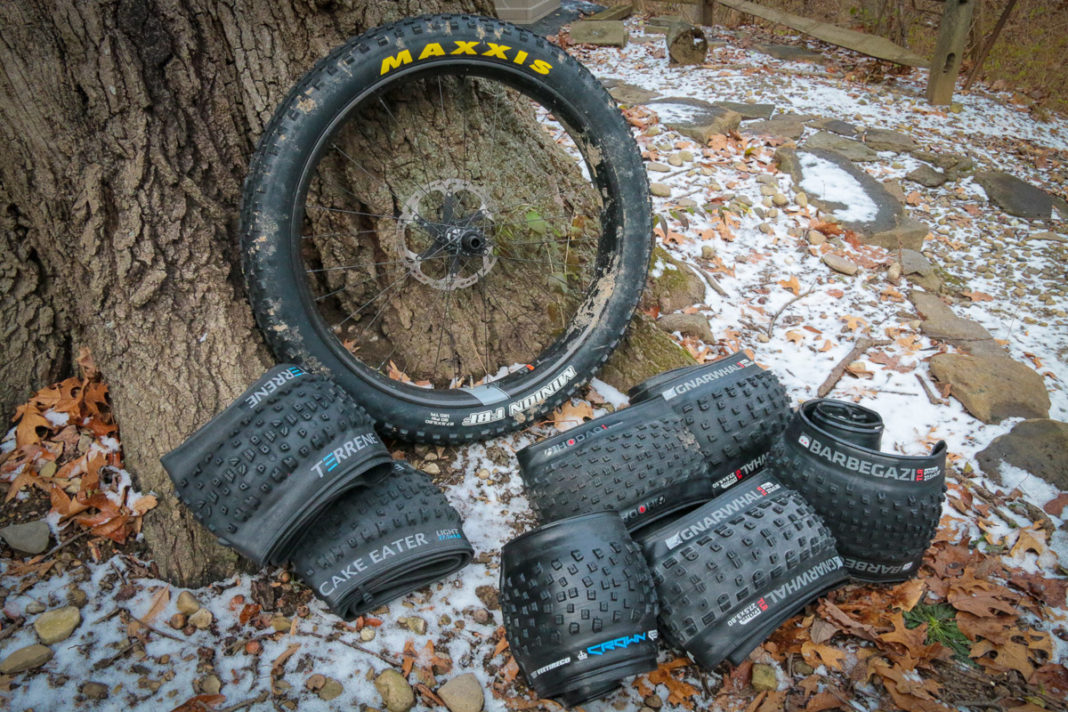 They differ from 28 only in tire height. They differ from 28 only in tire height. | |
| 28 x decimal | 700C | For 622 mm tires | ||
| 28 x 3/4 | nine0128 700-18C18-622 | |||
| 700-19C 700x19C | 19-622 | |||
| 28 x 3/4 | 700-20C 700x20C | 20-622 | ||
| 28 x 1 28 x 7/8 | 700-23C 700x23C | 23-622 | ||
| 28 x 1 | 700-25C 700x25C | 25-622 | nine0142||
| 28 x 1 1/8, 28 x 1 5/8 x 1 1/8 | 700-28C 700x28C | 28-622 | ||
| 28 x 1.20 | 700-30C 700x30C | 30-622 | ||
| 28 x 1 3/4, 28 x 1.5 | 700x38C 700-40C | 40-622 | Road bikes: "Ukraine", "Minsk", "Sura", "Velta", "Aist" (111-321, 111-322) | |
| 28 x 1 1/2, 28 x 1 5/8 x 1 3/8 | 700C 700x35C 700x38C | 35-622 | Road bikes: "Ukraine", "Minsk", "Sura", "Velta", "Aist" | |
| 27 x 1 1/4, 28 x 1 5/8 x 1 1/4 | 700-32C 700x32C | 32-622 | Road and sport-touring bicycles, "Tourist", "Sport", "Sputnik" | |
| 28 x 1 5/8 x 1 1/4 | Obsolete Canadian designation F13 | |||
28 x 1.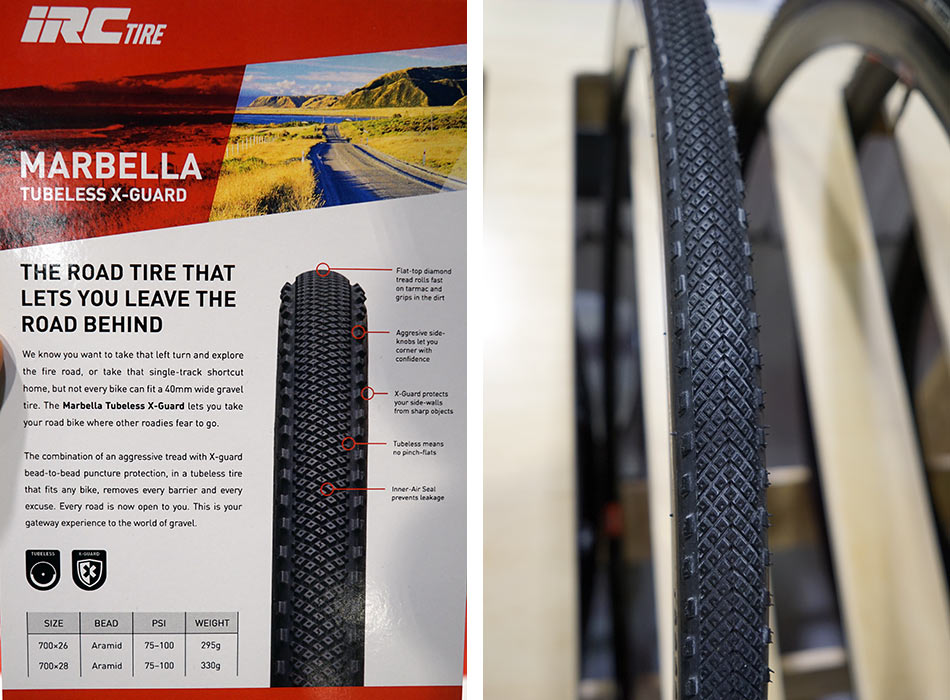 4 4 | 700-35C 700x35C | 35-622 | Road bikes | |
| 28 x 1.5 | 700x38C 700-38C 700-40C 700x40C | 40-622 | ||
| 28 x 1 3/8 x 1 5/8 | 37-622 | |||
| 28 x 1.6 | 700-42C 700x42C | 42-622 | ||
| 28 x 1.6 | 700-44C 700x44C | 44-622 | ||
| 28 x 1 5/8 x 1 3/4 | 700-45C 700x46C | 45-622 | ||
| 28 x 1.75, 28 x 1 5/8 x 1 3/4 | 700-47C 700x47C | 47-622 | ||
| 28 x 2.00 | nine0128 700-50C50-622 | |||
| 600 | 22 (23, 24, 25, 27, 28, 30)-600 | Old Soviet sports and track bikes | ||
| 599 | 26 x 1.25, 26 x 1.375 | 32-599 | Very old American light bicycles.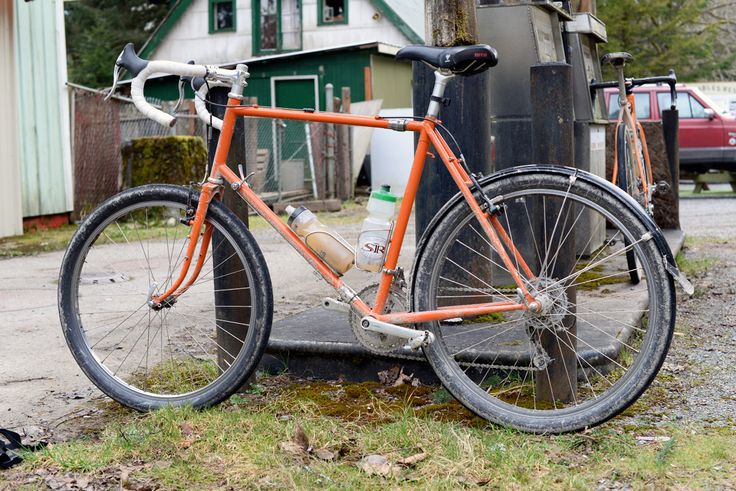 | |
| 26 x 1 7/8 | nine012847-599 | ZiF (Penza) 190-535 "Samson" | ||
| 597 | 26 x 1 1/4 (EA1) (England) | 32-597 | English old sports and club bikes. | |
| 26 x 1 3/8 (S-6) | 37-597 | Light bicycles of the American firm Schwinn. | ||
| 590 | 26 x 1 1/8 | 28-590 | Soviet bicycles ZiF (Penza) "Diana", "Prima", "Turn", "Relay", "Sura", "Breeze", "Temp" American and English 3 and 10 speed. | |
| 26 x 1 1/4 | 32-590 | |||
| 26 x 1 3/8 (E.A.3) (England) | 650A | 35-590 | ||
| 26 x 1 3/8 | 650-35A 650x35A | 37-590 | ||
| 26 x 1 5/8 | 44-590 | |||
| 587 | 700D | Old size on some GT models | ||
| 584 | 27.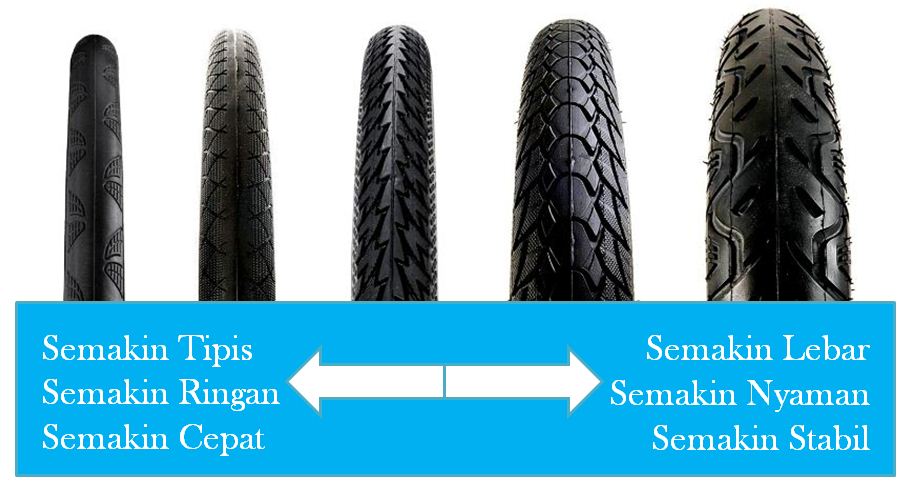 5 x 1.50 5 x 1.50 | 650x38B | 40-584 | nine0595 French road bikes, touring bikes with cargo, tandems, some Raleigh (USA), old Schwinn mountain bikes|
| 26 x 1 1/2 | 650B | 37-584 | ||
| 27.5 x 1.5 | 40-584 | |||
| 27.5 x 1.65 | 44-584 | |||
| 27.5 x 1.75 | 47-584 | |||
| 27.5 x 2 | 52-584 | nine0142|||
| 27.5 x 2.1 | 54-584 | |||
| 27.5 x 2.25 | 57-584 | |||
| 27.5 x 2.3 | 60-584 | |||
| 27.5 x 2.4 | 62-584 | |||
| 27.5 x 2.8 | 70-584 | |||
| 571 | 26 x 3/4 | 650x20C | 20-571 | Triathlon, time trial, small road bikes, some French Peugeot bikes. nine0130 |
| 26 x 7/8 | 650x23C | 23-571 | ||
| 26 x 1 | 650C | 23-571 | ||
26 x 1.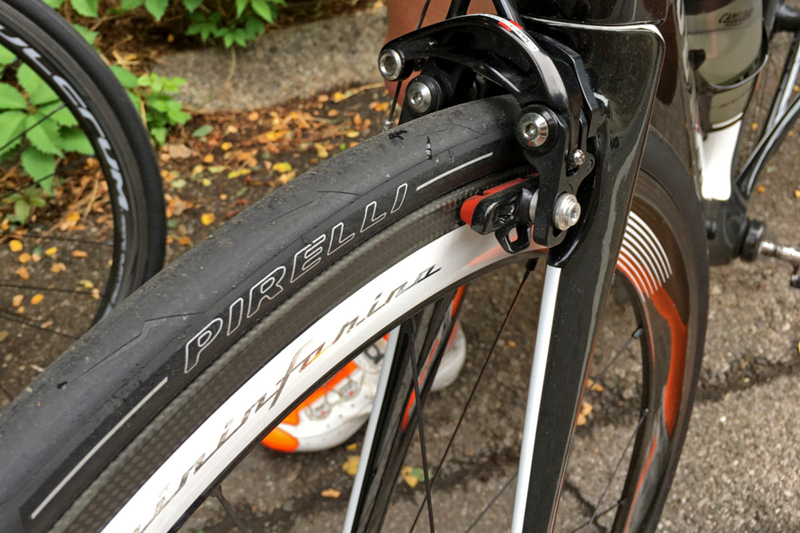 75 75 | 47-571 | |||
| 26x1 3/4 (S-7) | Road Schwinn | |||
| 559 | 26 x 1.0 | 25-559 | Most mountain bikes. Classic landing diameter for 26 wheels. | |
| 26 x 1.25 | 32-559 | |||
| 26 x 1.35 | 35-559 | |||
| 26 x 1.4 | 37-559 | |||
| 26 x 1.5 | 40-559 | |||
| 26 x 1.6 | nine012844-559 | |||
| 26 x 1.75 26 x 1.75 x 2 | 47-559 | |||
| 26 x 1.95 | 50-559 | |||
| 26 x 2.00 | 52-559 | |||
| 26 x 2.10 | 54-559 | |||
| 26x2.15 | 55-559 | |||
26 x 2. 25 25 | 57-559 | |||
| 26 x 2.3 | 60-559 | |||
| 26 x 2.4 | 62-559 | |||
| 26 x 3.0 | 75-559 | |||
| 26x3.7 | 95-559 | |||
| 26 x 4.00 | nine0128100-559 | |||
| 26x4.5 | 115-559 | |||
| 26x4.8 | 120-559 | |||
| 547 | 24x1 1/4 | English children's and American firm Schwinn | ||
| 24x1 3/8 (S-5) | Schwinn American children's bicycles | |||
| 540 | 24 x 1 1/8 | 600A | 28-540 | Children's English and European bicycles, most wheelchairs |
| 24 x 1 1/4 | 32-540 | |||
| 24 x 1 3/8(E-5), 24 x 1 3/8 A | 37-540 | |||
| 533 | 24 x 1 1/2 | 37-533 | nine0128||
| 531 | 24 x 1 5/8 x 1 1/2 | 44-531 | nine0128||
| 520 | 24x1 | 25-520 | Road wheels for children's bikes | |
| 507 | 24 x 1.5 | 40-507 | Children's mountain. "Salute", "Altair", "Ervi" | |
| 24 x 1.75 | 47-507 | |||
| 24 x 1.95 | 50-507 | |||
| 24 x 2.0 | 51-507 | |||
| 24 x 2.125 | 54-507 | |||
| 24 x 2.25 | 57-507 | |||
| 24 x 2.35 | 60-507 | |||
24 x 2. 5 5 | 62-507 | |||
| 24 x 2.6 | 65-507 | |||
| 24 x 2.75 | 70-507 | |||
| 24 x 3.0 | 75-507 | |||
| 501 | 22 x 1.0 | 25-501 | European bikes | |
| 22 x 1 1/4 | 32-501 | |||
| 22 x 1 3/8 | 37-501 | |||
| 490 | 550-28A | 28-490 | European Road Kids Bikes | |
| 22 x 1 3/8 x 1 1/4 | 550-32A | 32-490 | ||
| 22 x 1 3/8 | 550-35A | 37-490 | ||
| 489 | 22 x 1.0 | 25-489 | European bikes | |
| 22 x 1 3/8 | 37-489 | |||
| 22 x 1 3/8 x 1 1/4 | 40-489 | |||
22 x 2. 00 00 | 50-489 | |||
| 457 | 22 x 1.75 to 2.125 | Children's bicycles | ||
| 451 | 20 x 1 1/8 | 28-451 | BMX for light riders, light children's bikes, some ligerades. Wheels on some types of wheelchairs. | |
| 20 x 1 1/4 | 30-451 | |||
| 20 x 1 3/8 | 37-451 | |||
| 445 | 20 x 1 1/4 | 30-445 | "Schoolboy" (old Soviet models) | |
| 440 | 500-28A | 28-440 | European folding, children's bikes | |
| 500-35A | 37-440 | |||
| 20 x 1 1/2 | 500-38A | 40-440 | ||
| 438 | nine0128 20 x 1 3/837-438 | European bikes | ||
| 20 x 1 3/8 1 1/2 | 40-438 | |||
| 432 | 20 x 2 1/2 | 40-432 | European bikes | |
| 428 | 20 x 2.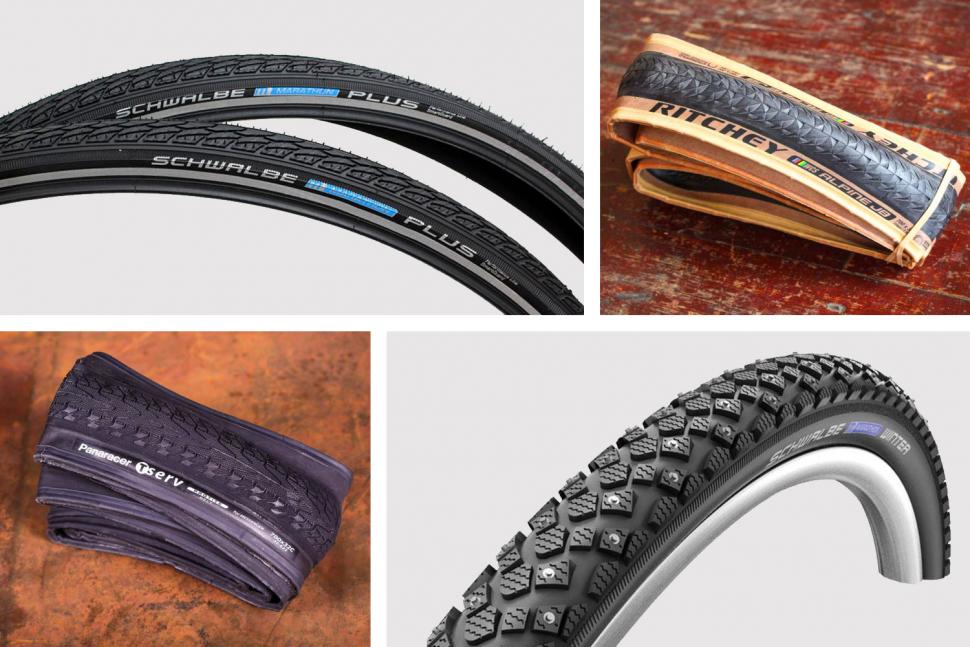 00 00 | 54-428 | European bikes | |
| 419 | 20 x 1 3/4 | Schwinn American children's bicycles | ||
| 406 | 20 x 1.25 | 32-406 | Most BMX bikes, kids and folding models. "Venta" (folding model 175-811). "Stork" (folding, model 113-322) nine0004 "Tisa-2", "Cross", "KAMA", "DESNA", "Schoolnik", "Velta Kama", "Dubisa" (Siauliai bicycle factory), "Eureka" and other folding and old Soviet models.Folding "Mustang" | |
| 20 x 1.35 | 35-406 | |||
| 20 x 1 3/4 20 x 1.5 | 40-406 | |||
| 20 x 1.75, 20 x 1.75 x 2 | 47-406 | |||
| 20 x 1.95 | 50-406 | |||
| 20 x 2.00 | 54-406 | |||
20 x 2.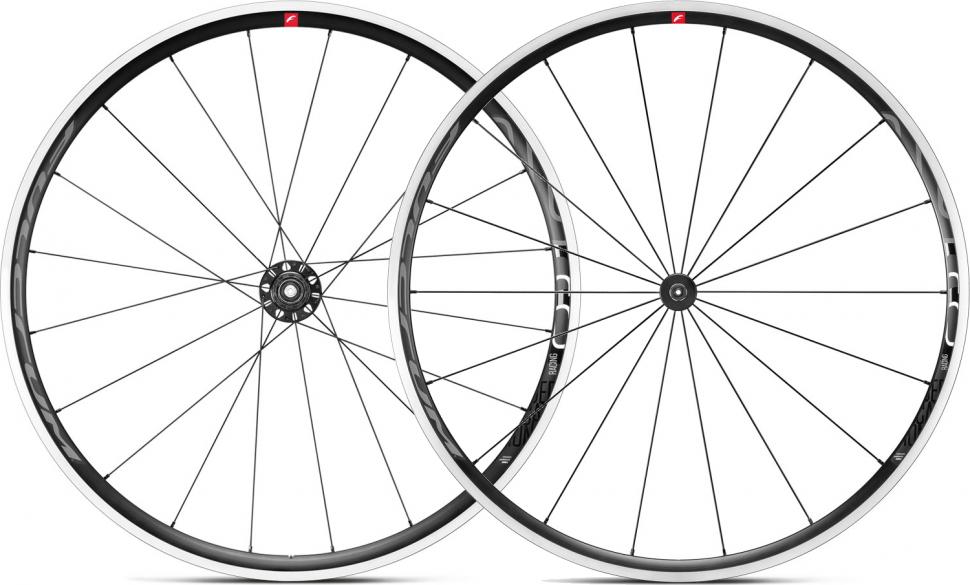 125 125 | 57-406 | |||
| 20 x 2.35 | 60-406 | |||
| 20 x 2.5 | 62-406 | |||
| 20 x 2.6 | nine012865-406 | |||
| 20 x 2.75 | 70-406 | |||
| 20 x 3.0 | 75-406 | |||
| 390 | 18 x 1 1/8 | 450-28A | 28-390 | Children's European bikes |
| 18 x 1 3/8 | 450-35A | 37-390 | ||
| 450-55A | 55-390 | |||
| 387 | 18 x 1 1/2 | 37-387 | Children's European bikes | |
| 369 | 17 x 1 1/4 | 32-369 | Bicycles Alex Moulton | |
| 355 | 18 x 1 1/8 | 28-355 | nine0176 Children's bicycles||
18 x 1. 25 25 | 32-355 | |||
| 18 x 1.35 | 35-355 | |||
| 18 x 1.5 | 40-355 | Birdy folding bikes. | ||
| 18 x 1.6 | 42-355 | Children's bicycles | ||
| 18 x 1.75 | 47-355 | |||
| 18 x 1.95 | 50-355 | |||
| 18 x 2.0 | 54-355 | |||
| 18 x 2.125 | 57-355 | |||
| 349 | 16 x 1 1/8 | 28-349 | Old Moulton, Brompton and other folding bicycles, ligerade front wheels, children's bicycles. nine0130 | |
| 16 x 1 1/4 16 x 1.25 | 32-349 | |||
| 16 x 1.35 | 35-349 | |||
| 16 x 1 3/8 | 37-349 | |||
| 340 | 400-30A | 28-340 | Children's European bikes | |
| 16 x 1 3/8 x 1 1/4 | 400-32A | 32-340 | ||
| 16 x 1 3/8 | 400-35A | 37-340 | ||
| 16 x 1 5/8 | 400A | 44-340 | ||
| 335 | 16 x 1 3/8 | Children's Polish bicycles | ||
| 330 | 16 x 1 1/2 | 400-38B | nine0128 40-330Children's bicycles | |
| 317 | 16 x 1 3/4 | Schwinn American children's bicycles | ||
| 305 | 16 x 1.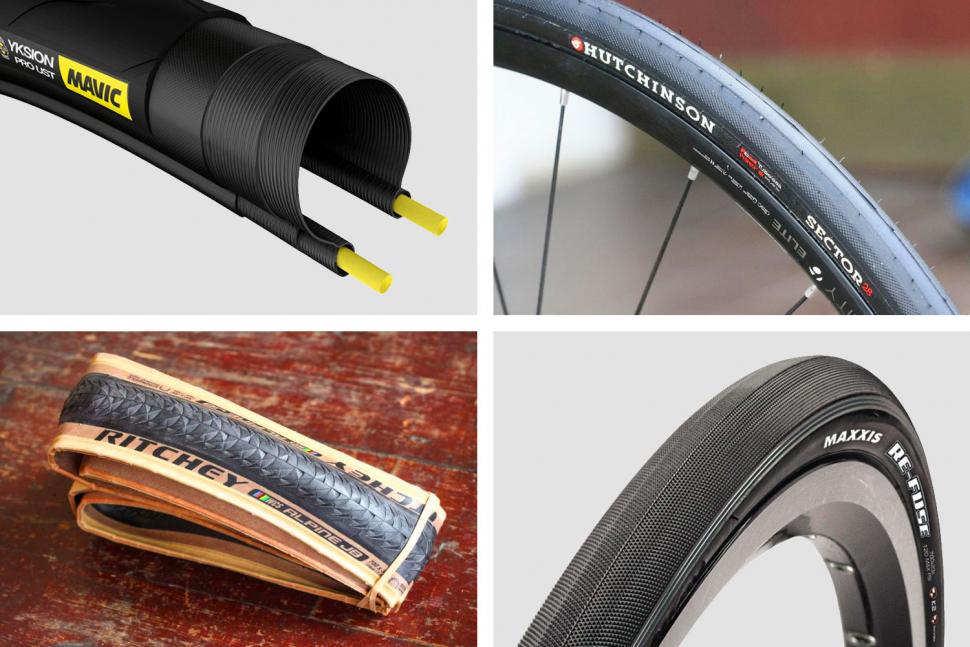 5 5 | 40-305 | Children's bicycles, folding, touring and some ligerades. | |
| 16 x 1.75 | 47-305 | |||
| 16 x 1.95 | 50-305 | |||
| 16 x 2.0 | 54-305 | |||
| 16 x 2.125 | 57-305 | |||
| 16 x 2.5 | 62-305 | |||
| 298 | 14 x 1 1/4 | 350-32A | 32-298 | Carriages, children's bikes, balance bikes |
| 288 | 14 x 1 3/8 | 350A, 350-35A | 37-288 | Children's bicycles, balance bikes |
| 14 x 1 5/8 | 350-38A | 40-288 | ||
| 14 x 1 5/8 x 1 3/8 | 350-42A | 44-288 | ||
| 14 x 1.75 | 47-288 | |||
| 279 | 14 x 1 1/2 | 350-38B | 40-279 | Children's bicycles, balance bikes |
| 254 | 14 x 1. 5 5 | 40-254 | Children's bicycles, balance bikes | |
| 14 x 1.75 | 47-254 | |||
| 14 x 2 | 54-254 | |||
| 239 | 12 1/2 x 1 3/8 x 1 1/4 | 300-32A 300x32A | 32-239 | Children's bicycles, balance bikes |
| 205 | 12 1/2 x 2 1/4 | 56-205 | Children's bicycles "KVD", balance bikes, sometimes suitable for baby carriages ("Dutik" tires) | |
| 203 | 12 x 1.75 12 1/2 x 1.75 12 1/2 x 1.9 | nine0128 47-203 | Small children's bicycles, balance bikes, baby carriages | |
| 12 x 1.95 | 54-203 | |||
| 12 x 2.0 | 50-203 | |||
| 12 x 2.125, 12 1/2 x 2 1/4 R | 57-203 | |||
| 12 1/2 x 2 1/4 | 62-203 | nine0142|||
| 176 | 55-176 | Tires for tricycles, scooters, balance bikes for small children, wheelbarrows and carts, prams | ||
| 152 | 10 x 2 | 54-152 | ||
| 137 | 8 x 1 1/4 | 32-137 |
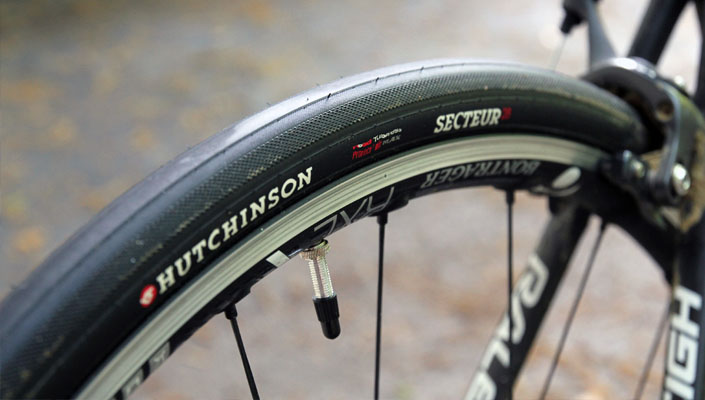 29 tires differ from 28 only in height.
29 tires differ from 28 only in height. Tire width selection is more flexible than rim diameter.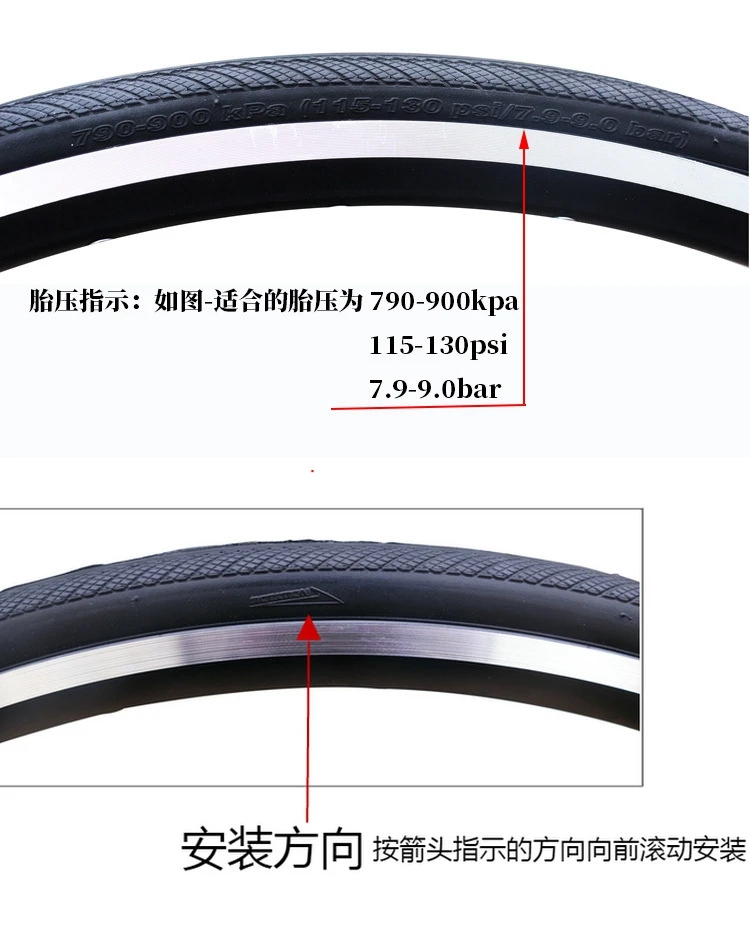 nine0003
nine0003
Rim widths are measured and marked in millimeters as shown in the figure at the beginning of the article.
How to measure the width of the rim is described in a separate article here.
| Rim width in mm | Tire width in mm and inches | Bicycle type |
| 13 | 18 - 25 mm (1") | road and cyclocross models |
| 15 | 23 - 32 mm (1" - 1.25") | |
| 17 | 25-37 mm (1" - 1.5") | light cross-country and hybrid models |
| 18 | 28 - 44 mm (1.1" - 1.75") | heavy cross-country and hybrid models |
| 19 | 28 - 60 mm (1.1" - 2.35") | nine0128 MTB (mountain bikes, mountain bikes)|
| 20 | 28 -47 mm (1. 1" - 2") 1" - 2") | cycling and light extreme |
| 21 | 35 - 50 mm (1.4" - 2") | |
| 23 | 40 - 50 mm (1.5" - 2.1") | extreme cycling |
| 25 or more | 44 - 57 mm (1.75" - 2.25") | |
| 32 | 75 mm (3") and over |
This table shows guide data for a medium bike. Use it not as a dogma, but as a guideline for selection.
Some manufacturers give their own tables for the tires they produce, according to which they need to be selected for their wheel.
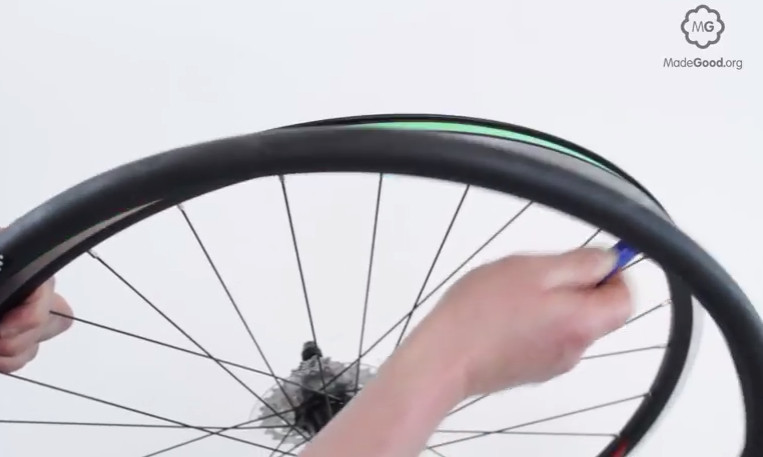
The tire width affects rolling and grip. The wider - the better the grip, cornering control, but the worse the roll. nine0003
It is considered optimal if the width of the tire is 1.5-2.1 times wider than the inner width of the rim. It is possible and 2.5 times, but this is already an amateur.
The tire-to-rim width ratio affects the tire's cornering behavior. Too wide tires mounted on a narrow rim can simply break. will have a pear-shaped profile.
Further, if the wheel is equipped with toothy rubber, then the side spikes on the tread will not be where they should be for sure grip in the turn. nine0003
With wide tires on a narrow rim, the side studs will be too high and will not hold properly in the turn.
On narrow tires with a wide rim, the spikes will be from below and with a good slope, the bike will ride on the sidewall, and she is bald.
Below is a well-known table compiled by Georg Boeder of tire and rim width recommendations
fractional inches) here. nine0003
Comments (132)
x nine2073
The standard designation is based on the outside diameter of the tire.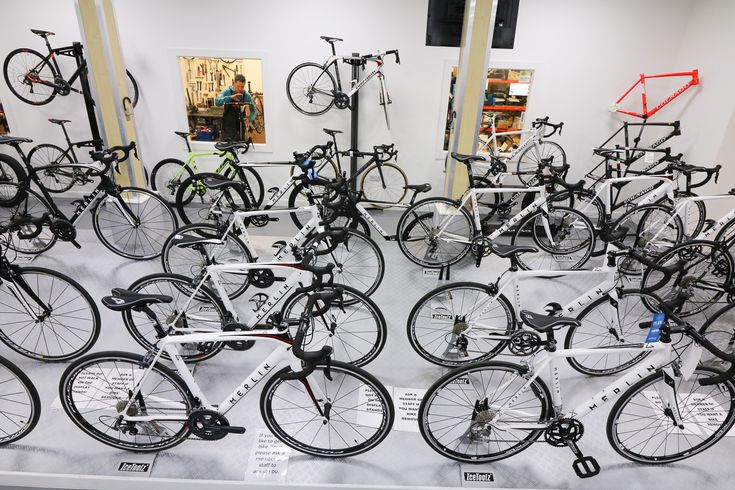 This size is usually expressed in either inches (26", 27", etc.) or millimeters (650, 700, etc.).
This size is usually expressed in either inches (26", 27", etc.) or millimeters (650, 700, etc.).
Unfortunately, the evolution of rims and tires has led to the fact that this marking no longer matches the actual diameter. The history of this confusion dates back to the 30s of the last century, when heavy thick tires "baluners" measuring 26 x 2.125 were popular, which are still installed on some pleasure and beach bikes. The outer diameter of such a wheel is very close to 26". Many cyclists, however, were not completely satisfied with the characteristics of these wheels and wanted something faster and lighter. The industry responded to their request by producing lighter and narrower tires that fit the same rim, and designated 26 x 1.75.
Although these tires continued to be called "26" tires, their actual diameter was 25 5/8", not 26". Later, the same rim size was used by the pioneers of the US West Coast mountain bike, which remains the standard size for mountain bikes today. The market began to dictate its terms to manufacturers, and tires with a width of only 25 millimeters for the “26-inch” rim appeared on sale. In fact, the outer diameter of the wheel was 24 7/8".
The market began to dictate its terms to manufacturers, and tires with a width of only 25 millimeters for the “26-inch” rim appeared on sale. In fact, the outer diameter of the wheel was 24 7/8".
In the standard tire size designation, the second number or letter code indicates its width. For example, 26 x 1.75; 27 x 1 1/4; 650B; 700C.
Please note that in the standard inch tire sizing system, its width can be indicated as a decimal fraction (26 x 1.75) or a simple one (26 x 1 3/4). Although in a mathematical sense the width of these tires is equivalent, in practice they are incompatible. This fact often leads to the fact that an insufficiently competent buyer purchases a tire of the wrong size.
In general, it's hard to come up with a generalized rule for tire sizes, but I was able to identify one pattern:
If the size of the two tires taken coincides mathematically, but one of them is expressed as a decimal and the other as a simple fraction, these two tires are definitely incompatible.
In a fierce competition, the accuracy of information provided by manufacturers often suffers. Let's say you're looking for high quality 700-25 tires. Naturally, you study both catalogs and advertisements to find the lightest tires in this size. If, for example, Pepsi Tire and Coke Tire produce tires using the same technology and roughly the same quality, but Pepsi labels a 24mm tire as 700-25, it will weigh less than a fairly labeled 700-25 tire from Coke. This marketing technique gives Pepsi a tangible advantage. In response, Coke is releasing the even lighter 700-23 tire, again labeling it 700-25. nine0003
In the 70s and 80s, this marketing ploy was very popular. As a result, the situation got completely out of control, and all manufacturers still had to take their heads and start indicating only the true dimensions of their products.
The International Organization for Standardization (ISO) has developed a universal tire size designation system in order to avoid errors and various incompatibility issues.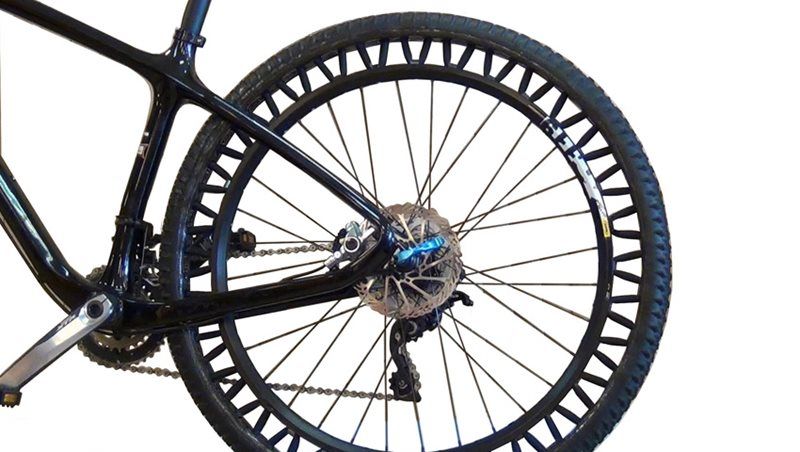 This system was originally known as the "ETRTO system", developed by the company of the same name (European Tire and Rim Technical Organization). nine0003
This system was originally known as the "ETRTO system", developed by the company of the same name (European Tire and Rim Technical Organization). nine0003
The ISO system uses two numbers. The first is the width of the tire or rim in millimeters. The actual width of the tire depends on the width of the rim, which is measured along the inner beads (see figure).
The second ISO number is the most important - indicates the rim seat diameter (BSD, from the English "Bead Seat Diameter") in millimeters. It determines the interchangeability of tires. If this number matches the rim and tire, then they are compatible.
For example, a 700 x 20 C road tire is ISO 20-622; hybrid tire 700 x 38 - like 38-622. Due to the difference in width, they may not be perfect replacements for each other, but most importantly, any rim that fits a 20-622 tire will also fit a 38-622 tire. nine0003
Also, it is important to consider that the width of the tire should be 1.45-2 times wider than the inner width of the rim.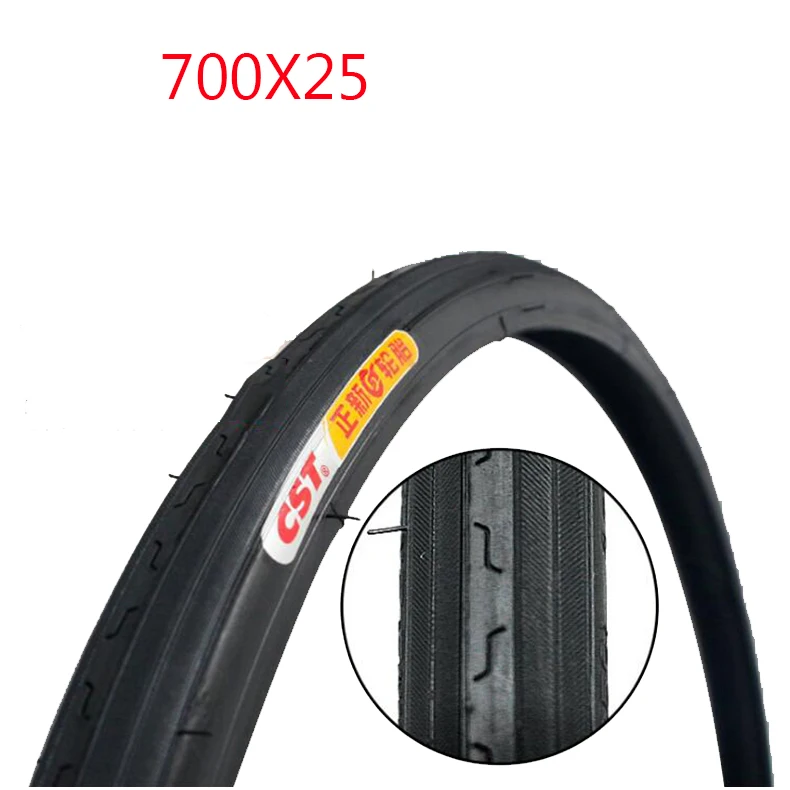
If you deflate a tire and measure its bead width, the result is approximately 2.5 times the ISO value.
The following tables show the relationship between US standard sizes and ISO bore.
| 29" | 622 | Accepted name introduced by marketers. Refers to tires with a 622 mm bore ("700c"). |
| 28 x 1 1/2 | 635 | English, Danish, Chinese and Indian rod-brake road bikes (also designated F10, F25, 700 B). |
| 28 x 1 5/8 x 1 1/4 | 622 | Obsolete Canadian F.13 designation. nine0130 |
| 28 x 1 5/8 x 1 1/4 | 622 | Northern European designation for 622 mm (700 C) tires. |
| 27 x [number] | 630 | Old road bikes. |
| 26 x 1 (650 C) | 571 | Triathlon, time trial, small road bikes. |
| 26 x 1 1/4 | 597 | Old British sports and club bikes. |
| 26 x 1 3/8 (S-6) | 597 | Schwinn light bicycles. |
| 26 x 1 3/8 (E.A.3) | 590 | Most 3-speed bikes, 10-speed kids bikes or supermarket bikes. |
| 26 x 1 1/2 (650B) | 584 | French touring or touring bikes, a few Raleigh (USA) and Schwinn mountain bikes. nine0130 |
| 26 x 1 3/4 (S-7) | 571 | Schwinn Cruisers. |
| 24x1 | 520 | High quality wheels for small riders. |
| 24 x 1 1/8 | 520 or 540 | Buyer beware! |
| 24 x 1 1/4 | 547 | Children's bicycles Schwinn or British. | nine0142
| 24 x 1 3/8 (S-5) | 547 | Light children's bikes Schwinn. |
| 24 x 1 3/8 (E-5) | 540 | British children's bicycles, most wheelchairs. |
| 20 x 1 1/8 20 x 1 1/4 20 x 1 3/8 | 451 | Light children's bikes, BMX for light riders, some ligerades. |
| 20 x 1 3/4 | nine0128 419Schwinn children's bicycles. | |
| 17 x 1 1/4 | 369 | Alex Moulton. |
| 16 x 1 3/8 | 349 | Old Moulton, Brompton and other folding bicycles, ligerade front wheels, children's bicycles. |
| 16 x 1 3/8 | 337 | Extremely mysterious tire size. |
| 16 x 1 3/8 | 335 | Polish children's bicycles. |
| 16 x 1 3/4 | 317 | Schwinn children's bicycles. |
| 12 1/2 x [number] | 203 | Children's bicycles, scooters |
| 10x2 | 152 | Wheelchairs. |
| 8 x 1 1/4 | 137 | Wheelchairs. nine0130 nine0130 |
It is also worth noting that initially fractional sizes were introduced for old rims with straight sidewalls. The more functional dimensions of 571mm / 26 x 1 and 630mm / 27 came later, on lug rims.
| 29" | 622 | Accepted name introduced by marketers. Applies to 622mm ("700c") tires. nine0130 |
| 28 x [dec. number] | 622 | Some German tire manufacturers use this designation for tires with a bore diameter of 622 mm ("700c"). |
| 26 x 1.00 to 2.3 | 559 | Most mountain bikes, cruisers, etc. Except as follows: |
| 26 x 1.25 (obsolete) | 599 | Very old USA light bicycles. nine0130 |
| 26 x 1.375 | 599 | Very old USA light bicycles. |
24x1.5-24x2.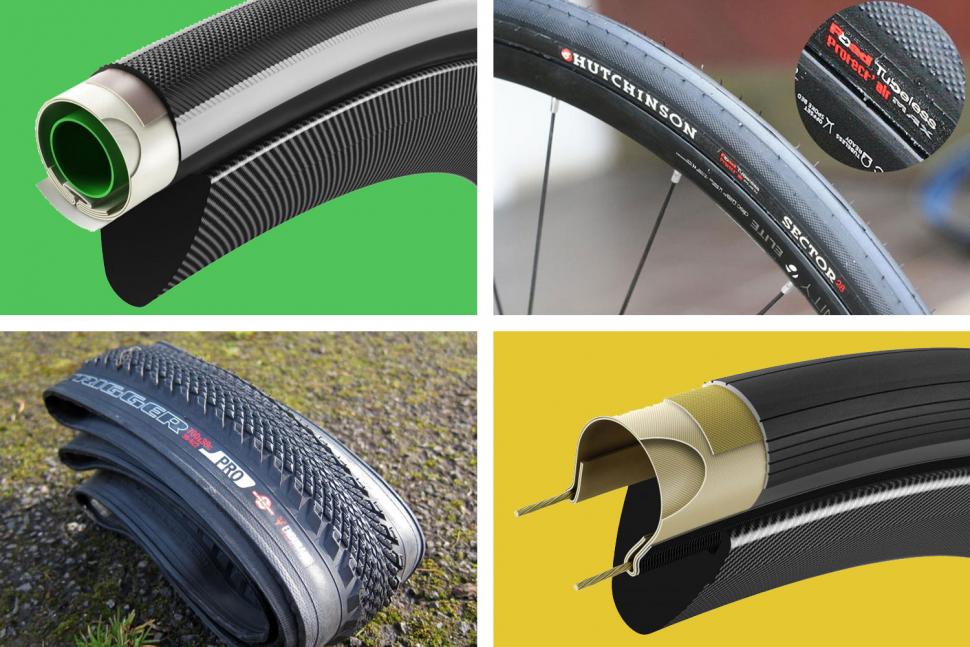 125 125 | 507 | Children's mountain bikes, cruisers. |
| 22 x 1.75; 22 x 2.125 | 457 | Children's bicycles. |
| 20x1.5-20x2.125 | 406 | Most BMX bikes, kids bikes, folding bikes, touring bikes and some ligerades. nine0130 |
| 18 x 1.5 | 355 | Birdy folding bikes. |
| 18x1.75-18x2.125 | 355 | Children's bicycles. |
| 16x1.75-16x2.125 | 305 | Children's bicycles, folding, touring and some ligerades. |
Initially, in the French system, the first number indicated the outer diameter of the rim in millimeters, followed by the letter that determined the width: "A" - narrow, "D" - wide. The letter code is no longer associated with tire width, as narrow tires are often made to fit rims originally designed for wide tires. For example, the 700C size was originally a wide size, but now there are also very narrow 700C tires that have an actual diameter of only 660mm.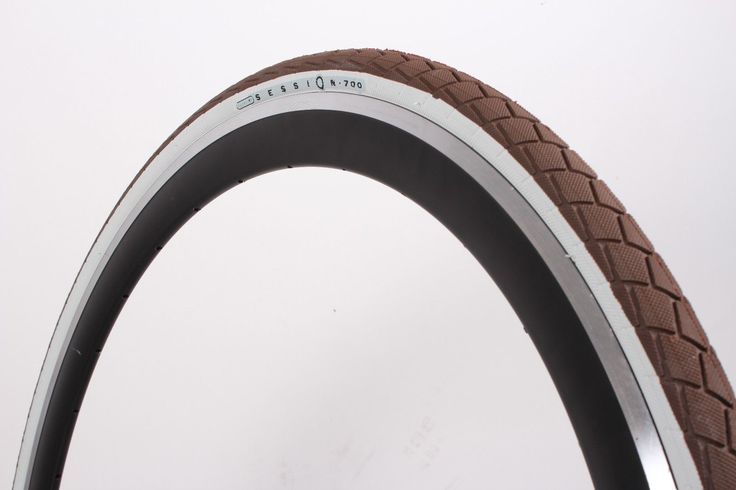 nine0003
nine0003
| 700A | 642 | Obsolete size. |
| 700 B | 635 | Road bicycles with rod brake system. |
| 700 C | 622 | Road bikes, hybrids, 29" mountain bikes. (28 x 1 1/2 F.13 Canada) |
| 700D | 587 | nine0128 Odd size previously used on some GT bikes.|
| 650A | 590 | French version 26 x 1 3/8; Italian high quality bikes for light riders. |
| 650 B | 584 | French pleasure bikes, tandems, touring bikes; some old Raleigh bikes and Schwinn mountain bikes. |
| 650 C | 571 | Triathlon, time trial, high quality road bikes for light riders. |
| 600A | 540 | European children's road bikes, most wheelchairs. |
| 550A | 490 | European children's road bikes.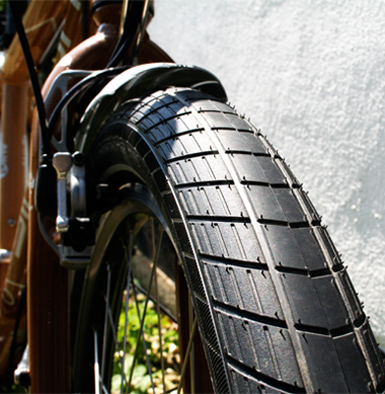 |
| 500A | 440 | nine0128 European children's folding bikes.|
| 450A | 390 | European children's bicycles. |
| 400A | 340 | European children's bicycles. |
| 635 | 28 x 1 1/2, 700B |
| 630 | 27 x number |
| 622 | 700 C, 28 x (double shot), 29 in. (28 x 1 1/2 F.13 Canada) |
| 599 | 26 x 1.25 x 1.375 |
| 597 | 26 x 1 1/4, 26 x 1 3/8 (S-6) |
| 590 | 26 x 1 3/8 (E.A.3), 650 A |
| 587 | 700D |
| 584 | 650B, 26 x 1 1/2 | nine0142
| 571 | 26 x 1, 26 x 1 3/4, 650 C |
| 559 | 26x1. 00-x2.125 00-x2.125 |
| 547 | 24 x 1 1/4, 24 x 1 3/8 (S-5) |
| 540 | 24 x 1 1/8, 24 x 1 3/8 (E.5), 600 A |
| 520 | 24x1, 24x1 1/8 |
| 507 | 24x1.5-x2.125 |
| 490 | 550A |
| 457 | 22 x 1.75; x 2.125 |
| 451 | 20 x 1 1/8; x 1 1/4; x 1 3/8 |
| 440 | 500A |
| 419 | 20 x 1 3/4 |
| 406 | 20x1.5-x2.125 |
| 390 | 450A |
| 369 | nine0128 17 x 1 1/4|
| 355 | 18x1.5-x2.125 |
| 349 | 16 x 1 3/8 |
| 340 | 400A |
| 337 | 16 x 1 3/8 |
| 317 | 16 x 1 3/4 |
| 305 | 16x1.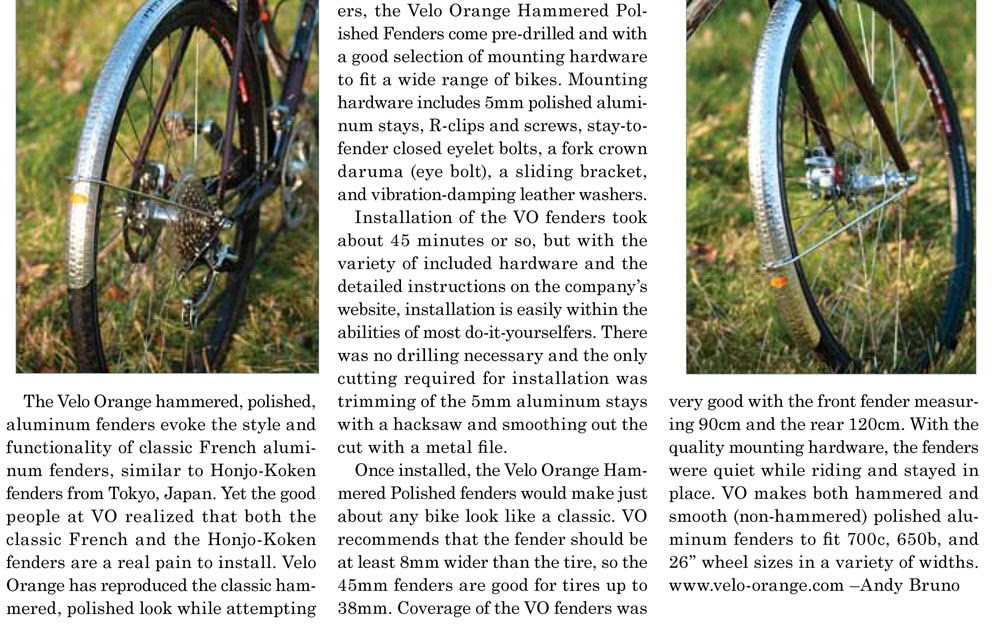 75-x2.125 75-x2.125 |
| 203 | 12 1/2 x number | nine0142
| 152 | 10x2 |
| 137 | 8 x 1 1/4 |
It is certainly possible to use almost any combination of tire and rim that has the same fit, but from a practical point of view it is unreasonable for the width of the tire to differ significantly from the width of the rim.
If the tire is too narrow for the rim, the risk of damage from various bumps and bumps increases significantly. nine0003
If the tire is too wide, the sidewalls of the tire are more likely to wear out quickly and the risk of losing control of the bike on a flat tire increases. Plus, handling at low speeds noticeably worsens.
Unfortunately, in order to save weight, modern mountain bikes use extremely narrow rims. These rims do not fit wide tires very well, unless they are pumped very hard. This, in turn, leads to unnecessary stress on the sidewalls of the rim, and also loses the main point of installing wide tires designed to work with low pressure.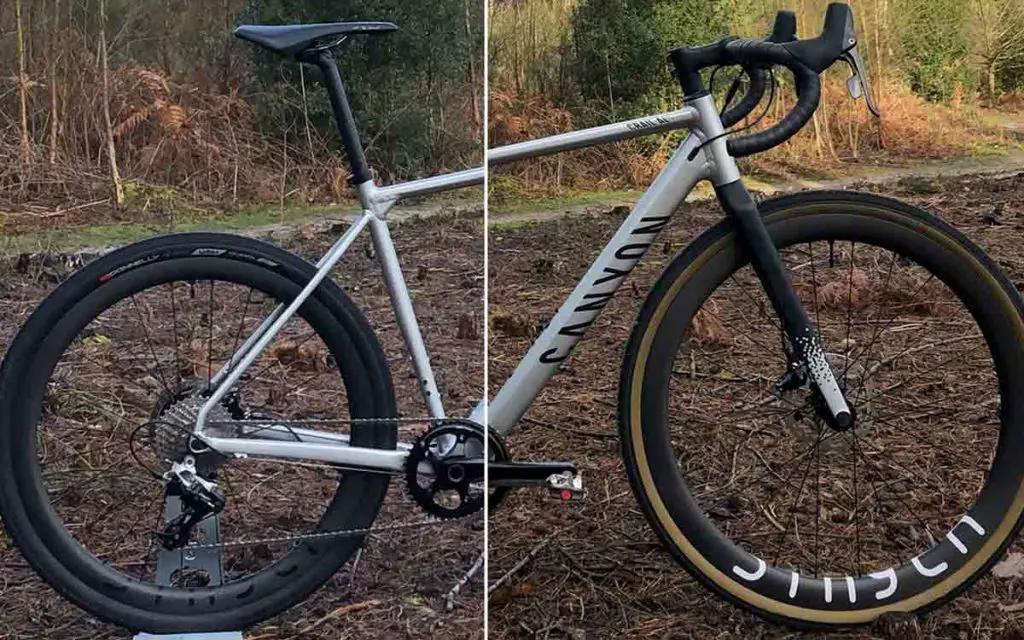 nine0003
nine0003
GMS - Global Measuring System. Existing standards for measuring the size of an inflated tire do not take into account the difference in tread depth. To solve this problem and enable a more accurate comparison of tire performance, WTB introduced its measurement standard - GMS.
The standard consists of two numbers in millimeters: the first characterizes the width of the base of the tire; the second is the width of the outside of the tire, measured over the tread. Measurements are made on a rim with an internal width of 20 mm, and a tire inflated to 60 psi and after 24 hours of exposure. nine0003
In addition to the dimensions of the base and the outer width of the tread, the allowable tire pressure, the main characteristics of the tread and its contact area are indicated.
Single tube tires are most commonly used for cycling. Single tubes do not have sidewalls. During their production, the ends of a solid tire tube are connected to each other, forming a torus.